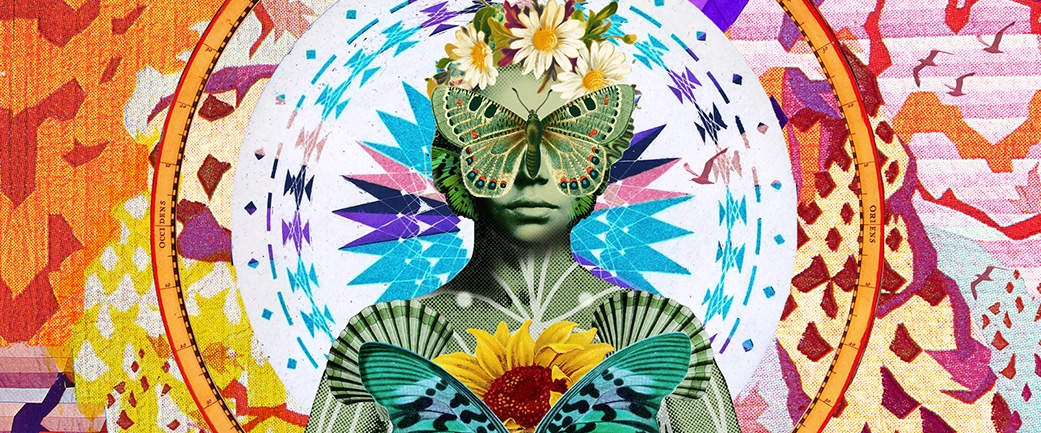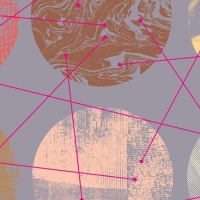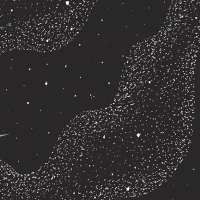
A psychologist reckons with how spiritual practices can distract us from the real work of healing
The first time I first heard the term spiritual bypassing, my mouth became dry and time started to slow.
What do you mean I might be using spiritual practices—that saved me from my addictions—to avoid my feelings?

It was a revelation. At the time, I was in graduate school for my PhD in psychology and ten years sober. Psychotherapist and author John Welwood coined the term, and in an interview with Tricycle he defined it as the “tendency to use spiritual ideas and practices to sidestep or avoid facing unresolved emotional issues, psychological wounds, and unfinished developmental tasks.”
It had never occurred to me I might be “using” spirituality as voraciously as I had alcohol. But the idea that I could pray hard enough, long enough, in the right posture or to the right Higher Power was so compelling that it propelled me right into magical thinking. Coupled with the fact that spiritual practices were a more presentable form of avoidance than drugs and alcohol, I was subconsciously sold.
Yet the more I learned about the defense mechanism, I realized the consequences may have been less obvious, but they were still keeping me stuck. With my head in the spiritual clouds, I couldn’t access my deeper roots, the ones that informed my addiction to begin with. And if I couldn’t become more present to my wounds, how “recovered” was I really?
I became so captivated by the conundrum I did my dissertation research on the subject of spiritual bypass in twelve-step recovery and published a book, Recovering Spirituality. The biggest takeaway—for me—was that spiritual bypass, like all defenses, has both helpful (adaptive) and unhelpful (maladaptive) qualities.
I had to look at my underlying motivations for prayer, meditation, and affirmations. Was I using them to check “in” with myself and something greater, or to check “out” from my life altogether?
Many years later, I was looking to check in. I was feeling a little lost and restless. At the time, I was working with a client in my psychotherapy practice who had called a psychic. Hearing about their conversations, I thought, I want to call this guy. So I did.
I was looking for guidance when the psychic pulled the High Priestess tarot card several times. “The probability of receiving the same card, in the same upright position, this many times is extremely unlikely,” he said. In his view, I needed to become the High Priestess—an embodiment of the divine feminine, inner knowledge, and intuition.
“You have a voice you want to share, but it’s inverted, and you can’t let it out. But you will put yourself out there, like the Fool who steps off a cliff and risks everything,” he said. I felt inspired, but I had no idea where to begin.
A few days later, essays started waking me in the middle of the night. I was flooded with story after story while my literal defenses were down, usually at 3:00 a.m. My eyes would pop open, and I’d have to get out of bed, tiptoeing to my computer. I started to recognize this was the voice I’d been sitting on for thirty years.
Beginning from the outer edges of my personal experiences, the essays seemed to be circling around my pain, moving closer and closer to the heart of it. My first marriage and divorce, my alcoholism and sobriety, all the ways I didn’t trust or know myself.
I’d kept these experiences compartmentalized for so long; it was like huge parts of me were totally walled off. I’d spent decades stuffing my reality under layers of bad choices and attempts at healing in private spaces—therapy and self-help groups—where childhood secrets were bound to flourish without reaching their familial foundation. I had tried to drink my painful past away, and then I tried to “fix it” with sobriety, therapy, spirituality, and anything that held a promise of overcoming.

It is said when the High Priestess appears in a reading, she is calling you to follow her into your own depths. To search within yourself for answers, often with the aid of undiscovered or repressed creativity.
I definitely received the call. I stopped searching for something to help me override the human condition and started to drop down into it. Even if the High Priestess was make-believe, it didn’t matter. The writing felt like a calling and I fiercely trusted it.
I’d spent so many years hoping the people who had hurt me would finally help me. I thought they could. But as I reclaimed my story, I saw how I was doing the work I’d always wanted them to do and saving myself. Rather than waiting for anyone else to believe what happened to me, for the first time in a very long time, I believed me.
I didn’t know I was writing a book on overcoming childhood trauma. I didn’t even think I’d experienced real trauma. The writing became an unfiltered way for me to witness things in black and white, and then to observe them from a therapist’s perspective. I needed to retrace my own steps, to go back and give myself permission to feel, to see what I saw, and to regain the parts of me that were left behind.
Before I allowed myself to descend, I just thought I was broken. I had tried everything, including compulsive prayer, to help me tolerate my psychic pain. But the truth of my story ultimately became my personal textbook and pathway to my freedom. By engaging with it in the present moment, with some psychological knowledge as a tether, I could finally see the through line. All the ways I’d tried to cope—my perfectionism, people pleasing, addictions, codependency, striving, bypassing, dysfunctional relationships—were trauma responses.
All my attempts to wriggle out of my truth, whether it looked presentable or not, didn’t actually free me. All my hoping that something or someone else could do it never brought me relief.
Today, I’m not free in the sense I always longed for—24/7 perfect, zen-like, nonattachment, joy-filled abundance. But I’m no longer bypassing my shame or blaming myself for being too sick or unhealed. I’m in the center of what is a messy and beautiful life. It is still tethered to a wealth of spiritual belief and practice, but always with the intention of dropping in. I trust what I will find in the center of my being is always a gift, even if it involves some hard work to get there.
About the Contributor
Ingrid Clayton, PhD, is a clinical psychologist in private practice and the author of Recovering Spirituality: Achieving Emotional Sobriety in Your Spiritual Practice. She is a regular contributor to Psychology Today, and her current project is a memoir on childhood trauma: Maybe It Wasn’t That Bad: A Psychologist’s Reckoning of a Childhood No One Believed. In addition to raising her beautiful son, she believes gaining the courage to write this book is her greatest achievement to date.
Image Credit
Illustration by Martin O’Neil






I really loved this article and this brilliant concept.
I’ve always had the question, I realise now, but never known how to ask it.
This idea is brilliant.
I cannot wait to do some further reading.
Did it 30+ years ago.
As a recovering alcoholic, and a survivor of childhood & adulthood traumas I was fascinated by this article! Replacing addiction with spiritual work & psychotherapy doesn’t always lead to healing. Embracing brokenness is a long process of admitting & acknowledging a painful past. My mantra, “Life is not a race,” has helped me live one moment at a time & allowed me to heal slowly.
Beautifully said!
I used spiritual bypass through adolescence to deal with a personality disordered parent who had no interest in spirituality, psychology or philosophy (which I was forbidden to take in high school).
I didn’t know really what I was doing, but I had the sense that it was a way of disconnecting from a very controlling parent and not actually that helpful. That was many years ago. But when I heard the term “spiritual bypass” it was an aha moment!
This is a wonderful website - thank you!
Insightful article, Ingrid. I’m looking forward to reading your memoir!
This was a wonderful read and very insightful.
Thank you for sharing. Beautiful content.Reflecting.